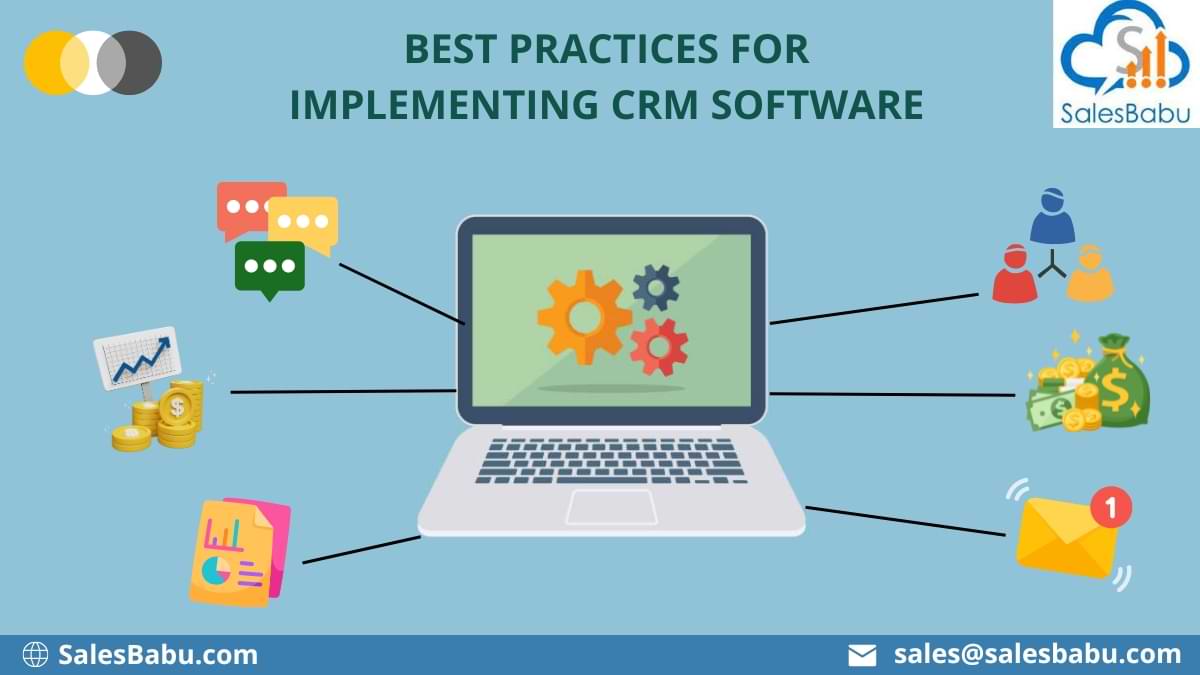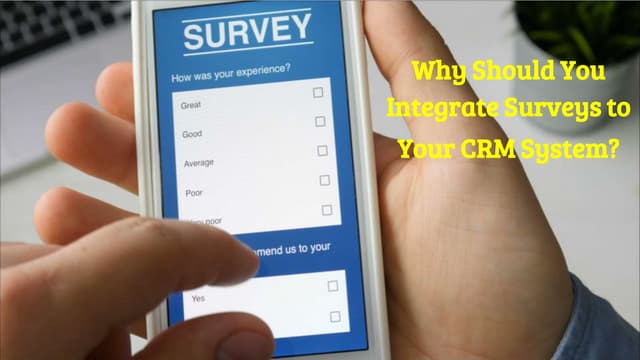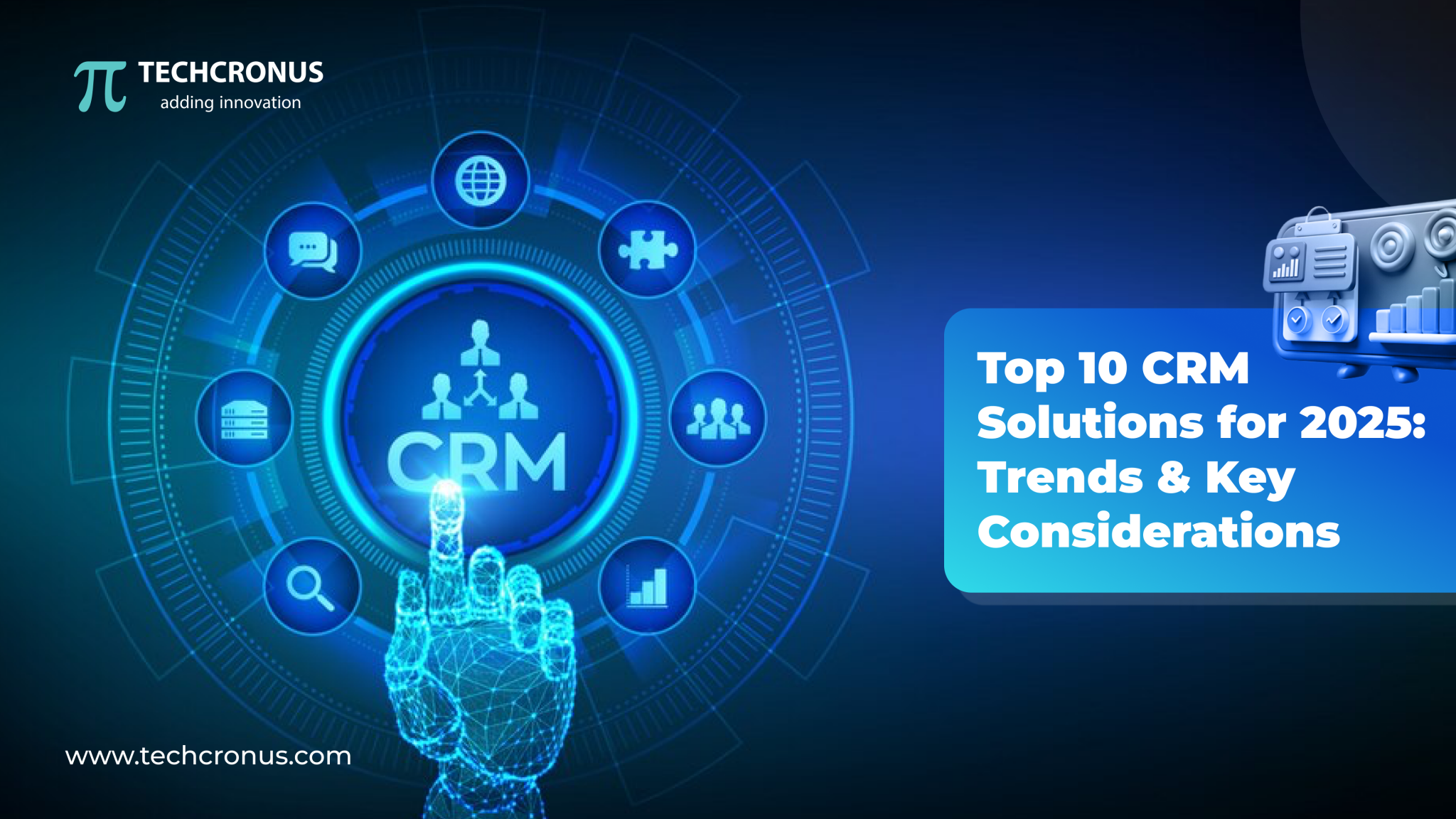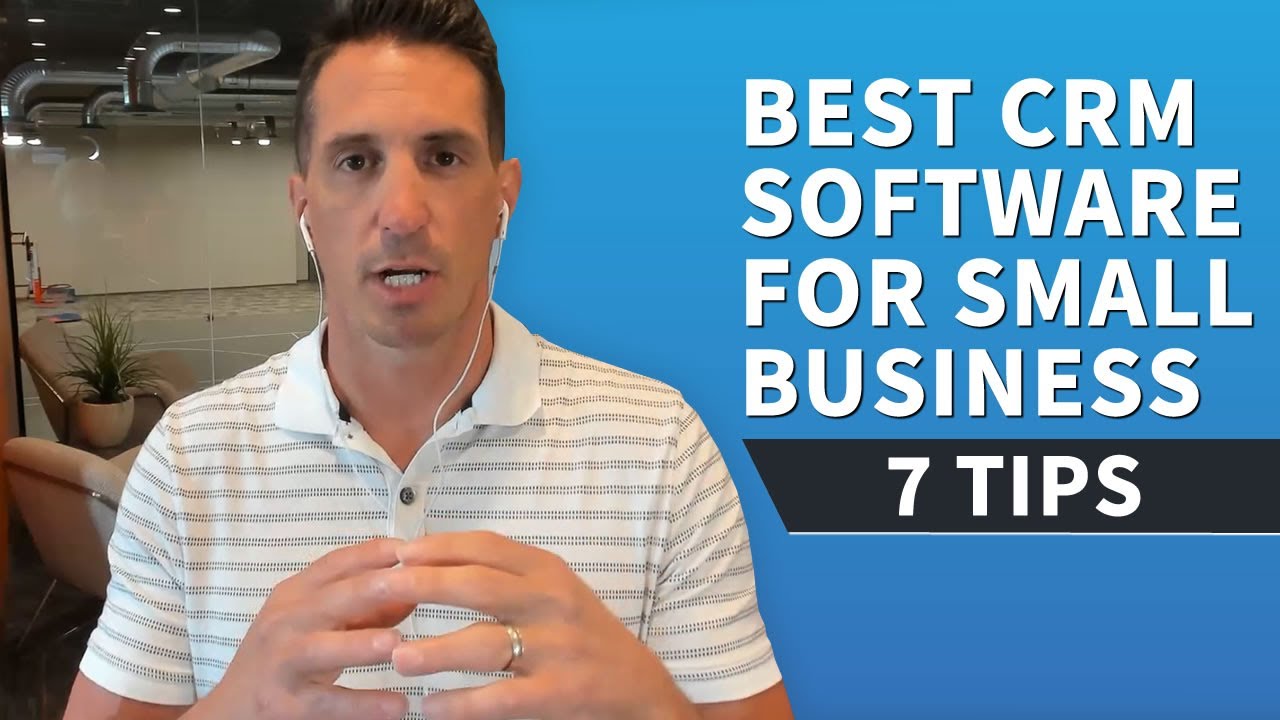Small Business CRM: Your Complete Guide for Beginners (2024)
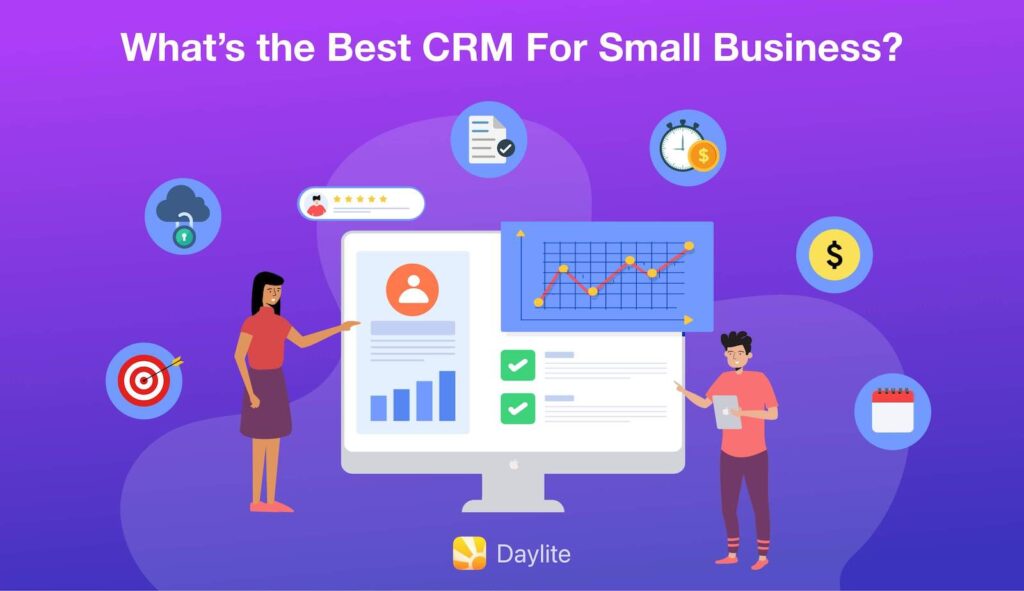
Small Business CRM: Your Complete Guide for Beginners
Starting a small business is a rollercoaster. You’re juggling everything from product development to customer service, marketing, and finances. In the midst of all this, keeping track of your customers – their needs, preferences, and interactions – can feel like herding cats. That’s where a Customer Relationship Management (CRM) system comes in. Think of it as your central hub for all things customer-related.
This comprehensive guide is designed specifically for beginners. We’ll break down what a CRM is, why your small business desperately needs one, how to choose the right CRM, and how to get started. We’ll also explore some of the best CRM options available, ensuring you have all the information you need to make an informed decision.
What is a CRM? (And Why Should You Care?)
CRM stands for Customer Relationship Management. At its core, a CRM is a software system that helps businesses manage their interactions with current and potential customers. It’s a centralized database that stores all your customer information in one place, making it easy to access, track, and analyze. Instead of scattered spreadsheets, sticky notes, and mental notes, everything is neatly organized within the CRM.
Here’s a breakdown of what a CRM typically does:
- Contact Management: Stores and organizes customer contact information (names, phone numbers, email addresses, etc.).
- Interaction Tracking: Records all interactions with customers, including emails, phone calls, meetings, and support tickets.
- Lead Management: Helps you track potential customers (leads) through the sales pipeline, from initial contact to conversion.
- Sales Automation: Automates repetitive sales tasks, such as sending follow-up emails and scheduling appointments.
- Marketing Automation: Automates marketing tasks, such as sending email campaigns and tracking marketing performance.
- Reporting and Analytics: Provides insights into customer behavior, sales performance, and marketing effectiveness.
Why is a CRM so crucial for small businesses? Because it empowers you to:
- Improve Customer Relationships: By understanding your customers better, you can tailor your interactions and provide more personalized service.
- Increase Sales: CRM helps you identify and nurture leads, close deals faster, and increase customer lifetime value.
- Boost Efficiency: Automating tasks and centralizing information saves time and reduces manual errors.
- Make Data-Driven Decisions: CRM provides valuable data and insights that can inform your business strategies.
- Enhance Collaboration: Team members can easily access and share customer information, improving communication and collaboration.
Benefits of Using a CRM for Small Businesses
The advantages of implementing a CRM system for your small business are numerous. Let’s delve into some of the key benefits:
1. Enhanced Customer Relationships
At the heart of any successful business is strong customer relationships. A CRM allows you to build and nurture these relationships by providing a 360-degree view of each customer. You’ll have access to their purchase history, communication history, preferences, and any other relevant information. This comprehensive understanding enables you to:
- Personalize Interactions: Tailor your communication and offers to each customer’s specific needs and interests.
- Provide Proactive Support: Anticipate customer needs and address potential issues before they escalate.
- Improve Customer Satisfaction: Deliver a more satisfying and consistent customer experience.
- Increase Customer Loyalty: Foster stronger relationships that encourage repeat business and referrals.
2. Streamlined Sales Processes
A CRM streamlines your sales processes, making them more efficient and effective. It provides a structured approach to managing leads, tracking opportunities, and closing deals. Key features that contribute to streamlined sales include:
- Lead Management: Track leads from initial contact to conversion, ensuring no potential customer falls through the cracks.
- Sales Pipeline Management: Visualize your sales pipeline and track the progress of each deal.
- Automated Tasks: Automate repetitive tasks, such as sending follow-up emails, scheduling appointments, and generating quotes.
- Improved Sales Forecasting: Gain insights into your sales pipeline and forecast future revenue with greater accuracy.
3. Increased Sales and Revenue
By optimizing sales processes and improving customer relationships, a CRM directly contributes to increased sales and revenue. The ability to track leads, nurture prospects, and close deals more efficiently translates into a higher conversion rate and a larger customer base. Furthermore, by understanding customer needs and preferences, you can identify opportunities for upselling and cross-selling, further boosting revenue.
4. Improved Marketing Effectiveness
A CRM isn’t just for sales; it’s also a powerful tool for marketing. It provides valuable data and insights that can inform your marketing strategies and campaigns. Key marketing benefits include:
- Targeted Marketing Campaigns: Segment your customer base and create targeted marketing campaigns based on demographics, behavior, and purchase history.
- Personalized Communication: Send personalized emails and offers that resonate with each customer.
- Marketing Automation: Automate marketing tasks, such as sending welcome emails, nurturing leads, and tracking campaign performance.
- Improved ROI: Track the effectiveness of your marketing campaigns and optimize your spending for maximum ROI.
5. Enhanced Collaboration and Communication
A CRM fosters better collaboration and communication within your team. By providing a central repository for customer information, everyone has access to the same data, ensuring consistency and reducing the risk of miscommunication. Benefits include:
- Centralized Data: All customer information is stored in one place, accessible to all authorized team members.
- Improved Communication: Team members can easily share information and collaborate on customer interactions.
- Reduced Errors: Minimize manual errors and ensure consistent information across all touchpoints.
- Increased Productivity: Team members can spend less time searching for information and more time focusing on customer interactions.
6. Data-Driven Decision Making
One of the most significant advantages of a CRM is its ability to provide valuable data and insights. By analyzing customer data, sales performance, and marketing effectiveness, you can make more informed decisions about your business strategies. This data-driven approach allows you to:
- Identify Trends: Recognize patterns in customer behavior and sales performance.
- Track Key Metrics: Monitor key performance indicators (KPIs) to measure your progress.
- Optimize Processes: Identify areas for improvement and optimize your processes for maximum efficiency.
- Make Informed Decisions: Base your decisions on data rather than gut feelings.
Choosing the Right CRM for Your Small Business
Choosing the right CRM can feel overwhelming, especially with so many options available. However, by considering your specific needs and priorities, you can narrow down the choices and find the perfect fit for your small business. Here’s a step-by-step guide to help you choose the right CRM:
1. Assess Your Needs and Goals
Before you start evaluating CRM systems, take the time to understand your business needs and goals. What are you hoping to achieve with a CRM? Consider the following questions:
- What are your current pain points? What challenges are you facing in managing customers, sales, and marketing?
- What are your key goals? What do you want to achieve with a CRM (e.g., increase sales, improve customer satisfaction, streamline processes)?
- What are your essential features? What features are critical for your business (e.g., contact management, sales automation, marketing automation)?
- What is your budget? How much are you willing to spend on a CRM?
- How many users will need access? Consider the number of team members who will be using the CRM.
- What integrations do you need? Do you need to integrate with other software systems (e.g., email marketing, accounting)?
Answering these questions will give you a clear picture of your requirements and help you prioritize features and functionality.
2. Research CRM Options
Once you understand your needs, it’s time to research different CRM options. There are many CRM providers, each with its own strengths and weaknesses. Here are some popular options for small businesses:
- HubSpot CRM: A popular and free CRM with a wide range of features, including contact management, sales automation, and marketing tools.
- Zoho CRM: A comprehensive CRM with a variety of features and pricing plans, suitable for businesses of all sizes.
- Pipedrive: A sales-focused CRM designed to help sales teams manage their pipelines and close deals.
- Salesforce Sales Cloud: A powerful and customizable CRM, ideal for larger businesses with complex needs.
- Freshsales: A sales-focused CRM with a focus on ease of use and affordability.
- Insightly: A CRM designed for small businesses and entrepreneurs, with a focus on project management and sales.
When researching, consider the following factors:
- Features: Does the CRM offer the features you need?
- Ease of use: Is the CRM easy to learn and use?
- Pricing: Does the pricing fit your budget?
- Scalability: Can the CRM scale as your business grows?
- Integrations: Does the CRM integrate with your existing software systems?
- Customer support: Does the provider offer good customer support?
- Reviews: Read reviews from other users to get an idea of their experiences.
3. Evaluate and Compare
Create a shortlist of CRM options that seem like a good fit for your business. Then, evaluate each option based on your requirements and compare their features, pricing, and ease of use. Consider the following:
- Free Trials: Take advantage of free trials to test out the CRM and see if it meets your needs.
- Demos: Watch demos to see how the CRM works and learn about its features.
- Pricing Plans: Compare the pricing plans and choose the one that best fits your budget and needs.
- Customer Support: Contact customer support to assess their responsiveness and helpfulness.
- User Reviews: Read user reviews to get a better understanding of the pros and cons of each CRM.
Create a spreadsheet or document to compare the different CRM options side-by-side. This will help you make an informed decision.
4. Consider the User Experience
The user experience (UX) is crucial for the success of your CRM implementation. If the CRM is difficult to use, your team will be less likely to adopt it, and you won’t reap the benefits. Consider the following UX factors:
- Intuitive Interface: Is the interface clean, easy to navigate, and visually appealing?
- Ease of Use: Is the CRM easy to learn and use, even for non-technical users?
- Customization: Can you customize the CRM to fit your specific needs and workflows?
- Mobile Accessibility: Does the CRM have a mobile app or a responsive design for use on mobile devices?
- Training and Support: Does the provider offer training and support to help you get started?
Choose a CRM with a user-friendly interface and intuitive design to ensure high adoption rates and maximize the value of your investment.
5. Plan for Implementation
Once you’ve chosen a CRM, it’s time to plan for implementation. A well-planned implementation will ensure a smooth transition and minimize disruptions to your business. Here’s what you need to do:
- Data Migration: Plan how you will migrate your existing data into the CRM.
- Training: Provide training to your team on how to use the CRM.
- Customization: Customize the CRM to fit your specific needs and workflows.
- Integration: Integrate the CRM with your other software systems.
- Testing: Test the CRM to ensure it’s working properly.
- Go-Live Date: Set a go-live date and communicate it to your team.
A successful implementation requires careful planning, training, and communication.
Getting Started with Your New CRM: A Beginner’s Guide
So, you’ve chosen your CRM, and you’re ready to dive in! Getting started can seem daunting, but with a structured approach, you can set up your CRM and begin reaping its benefits quickly. Here’s a step-by-step guide for beginners:
1. Set Up Your Account and Customize Settings
The first step is to create your account and customize the settings to match your business needs. This includes:
- Creating User Accounts: Add user accounts for each member of your team who will be using the CRM. Assign appropriate roles and permissions.
- Customizing Fields: Customize the fields to capture the information that is most important for your business. This might include fields for industry, deal size, or lead source.
- Setting Up Workflows: Set up workflows to automate tasks, such as sending follow-up emails or updating deal stages.
- Integrating with Other Tools: Integrate your CRM with other tools you use, such as email marketing software, accounting software, and social media platforms.
Take your time to explore the settings and make sure everything is configured correctly. This will save you time and effort later on.
2. Import Your Existing Data
If you already have customer data stored in spreadsheets, contact lists, or other systems, you’ll want to import it into your CRM. Most CRMs offer import tools that make this process relatively easy. Here’s how to do it:
- Prepare Your Data: Clean and organize your data before importing it. Remove duplicates, correct errors, and ensure all fields are formatted correctly.
- Choose an Import Method: Most CRMs support importing data from CSV files, Excel spreadsheets, or other formats.
- Map Your Fields: Match the fields in your data to the corresponding fields in your CRM.
- Import and Verify: Import your data and verify that everything has been imported correctly.
Importing your existing data will give you a head start and allow you to start using your CRM right away.
3. Start Adding New Contacts and Leads
Once your data is imported, you can start adding new contacts and leads to your CRM. This is an ongoing process, so make it a habit to enter new information as you receive it. Here’s how to do it:
- Manually Add Contacts: Enter contact information manually, including name, email address, phone number, and any other relevant details.
- Import Contacts from Email: Many CRMs integrate with your email provider, allowing you to import contacts directly from your inbox.
- Capture Leads from Website Forms: Integrate your CRM with your website forms to automatically capture leads.
- Use Lead Capture Tools: Use lead capture tools, such as landing pages and lead magnets, to generate leads and add them to your CRM.
The more contacts and leads you add, the more valuable your CRM will become.
4. Track Interactions and Activities
One of the most important things you can do with your CRM is to track your interactions and activities with customers and leads. This includes:
- Logging Emails: Log all emails you send and receive to keep a record of your communication.
- Recording Phone Calls: Log all phone calls you make and receive, including the date, time, and outcome.
- Scheduling Meetings: Schedule meetings and appointments, and track the outcomes.
- Creating Tasks: Create tasks to remind yourself and your team of important follow-ups and activities.
Tracking interactions and activities provides a complete view of your customer relationships and helps you stay organized.
5. Utilize Sales and Marketing Automation Features
Most CRMs offer sales and marketing automation features that can save you time and improve your efficiency. Here are some examples:
- Automated Email Sequences: Set up automated email sequences to nurture leads and onboard new customers.
- Automated Task Creation: Automate the creation of tasks, such as follow-up calls or appointment reminders.
- Lead Scoring: Score leads based on their behavior and engagement to prioritize your efforts.
- Workflow Automation: Automate workflows to streamline your sales and marketing processes.
Automation can free up your time and allow you to focus on more strategic activities.
6. Run Reports and Analyze Data
Your CRM provides valuable data and insights that can help you make informed decisions. Use the reporting features to track your progress and identify areas for improvement. Here’s what you can do:
- Generate Sales Reports: Track your sales performance, including revenue, deals closed, and conversion rates.
- Analyze Customer Data: Analyze customer data to understand their behavior and preferences.
- Track Marketing Campaign Performance: Track the performance of your marketing campaigns to see what’s working and what’s not.
- Identify Trends: Identify trends in your data to inform your business strategies.
Regularly review your reports and analyze your data to identify opportunities for improvement and make data-driven decisions.
7. Train Your Team and Encourage Adoption
The success of your CRM depends on your team’s ability to use it effectively. Provide training and encourage adoption by:
- Providing Training: Provide training to your team on how to use the CRM, including its features and functionality.
- Creating Documentation: Create documentation, such as user guides and FAQs, to help your team use the CRM.
- Encouraging Adoption: Encourage your team to use the CRM by highlighting its benefits and providing support.
- Leading by Example: Lead by example and demonstrate the importance of using the CRM.
- Providing Feedback: Provide feedback to your team and encourage them to share their feedback on the CRM.
Training and encouraging adoption will ensure that your team is using the CRM effectively and maximizing its value.
Top CRM Software Options for Small Businesses
With a plethora of CRM systems available, choosing the right one can be a challenge. Here’s a look at some of the top CRM software options for small businesses, considering their features, pricing, and ease of use:
1. HubSpot CRM
Overview: HubSpot CRM is a popular and powerful CRM system, especially known for its free version. It’s designed to be user-friendly and offers a comprehensive suite of features for sales, marketing, and customer service. It’s a great starting point for businesses of all sizes, especially small businesses that are just getting started with CRM.
Key Features:
- Contact management
- Deal tracking
- Email tracking and templates
- Sales automation
- Reporting dashboards
- Marketing automation (in paid versions)
- Integration with other HubSpot tools
Pros:
- Free plan with robust features
- User-friendly interface
- Excellent for marketing automation
- Scalable for growing businesses
- Good customer support
Cons:
- Limited features in the free version
- Can be overwhelming for beginners
- Advanced features require paid plans
Pricing: Free plan available. Paid plans start at a reasonable price and scale up with more advanced features.
2. Zoho CRM
Overview: Zoho CRM is a comprehensive CRM system that offers a wide range of features for sales, marketing, and customer service. It’s a good choice for businesses that need a versatile and customizable CRM. It caters to a wide range of industries and business sizes, offering a robust set of tools.
Key Features:
- Contact management
- Lead management
- Sales automation
- Workflow automation
- Marketing automation
- Inventory management (in some plans)
- Integration with other Zoho apps
Pros:
- Affordable pricing plans
- Highly customizable
- Wide range of features
- Excellent for sales and marketing
- Strong integration capabilities
Cons:
- Interface can be complex for beginners
- Customer support can be slow at times
- Some features are only available in higher-tier plans
Pricing: Offers a free plan with limited features. Paid plans are competitively priced.
3. Pipedrive
Overview: Pipedrive is a sales-focused CRM designed to help sales teams manage their pipelines and close deals. It’s known for its user-friendly interface and visual sales pipeline. It’s particularly well-suited for sales-driven businesses that want a CRM focused on deal management.
Key Features:
- Visual sales pipeline
- Deal tracking
- Contact management
- Sales automation
- Email integration
- Reporting and analytics
Pros:
- User-friendly interface
- Focus on sales pipeline management
- Easy to set up and use
- Good for sales teams
- Mobile app available
Cons:
- Limited marketing automation features
- Can be expensive for larger teams
- Less feature-rich compared to other options
Pricing: Offers affordable pricing plans, with options to scale up as your team grows.
4. Freshsales
Overview: Freshsales is a sales-focused CRM that is part of the Freshworks suite of products. It’s known for its ease of use and affordability, making it a great option for small businesses. It offers a user-friendly interface and a range of features to support sales teams.
Key Features:
- Contact management
- Lead management
- Sales automation
- Built-in phone and email
- Reporting and analytics
- Website visitor tracking
Pros:
- User-friendly interface
- Affordable pricing
- Built-in phone and email
- Good for sales teams
- Excellent customer support
Cons:
- Limited features in the free plan
- Less customizable than other options
- Marketing automation features are basic
Pricing: Offers a free plan and affordable paid plans.
5. Insightly
Overview: Insightly is a CRM designed for small businesses and entrepreneurs, with a focus on project management and sales. It offers a user-friendly interface and a comprehensive set of features for managing contacts, leads, and projects. It’s a good option for businesses that need project management capabilities in addition to CRM features.
Key Features:
- Contact management
- Lead management
- Project management
- Sales automation
- Reporting and analytics
- Integration with other apps
Pros:
- Focus on project management
- User-friendly interface
- Good for small businesses
- Scalable for growing businesses
- Integration with other apps
Cons:
- Less feature-rich compared to other options
- Can be expensive for larger teams
- Limited marketing automation features
Pricing: Offers affordable pricing plans.
Common Questions About Small Business CRM
Here are some frequently asked questions about small business CRM systems:
- Is a CRM really necessary for my small business?
- How much does a CRM cost?
- How long does it take to implement a CRM?
- What is the best CRM for small businesses?
- Do I need technical skills to use a CRM?
- How do I choose the right CRM for my business?
- Can a CRM integrate with other tools I use?
- What are the key features of a CRM?
- How important is customer support?
- What are the benefits of using a CRM?
Yes, it is highly recommended. Even if you’re just starting out, a CRM can help you manage your customer relationships, streamline your sales processes, and improve your overall business performance. It saves time, reduces errors, and provides valuable data insights.
CRM pricing varies depending on the provider and the features you need. Some CRM systems offer free plans with limited features, while others offer paid plans with more advanced functionality. Pricing can range from free to several hundred dollars per month, depending on the size of your business and the features you require.
Implementation time varies depending on the complexity of the CRM and the size of your business. Some CRM systems can be set up in a few hours, while others may take days or weeks. It’s important to plan for implementation and allocate sufficient time for data migration, training, and customization.
The best CRM for your small business depends on your specific needs and goals. Some popular options include HubSpot CRM, Zoho CRM, Pipedrive, Freshsales, and Insightly. Consider your budget, the features you need, and the ease of use when making your decision.
Most modern CRM systems are designed to be user-friendly and easy to use, even for non-technical users. However, some CRM systems offer more advanced features and may require some technical expertise. Choose a CRM that is easy to learn and use, and that offers training and support.
To choose the right CRM, assess your needs and goals, research different CRM options, evaluate and compare the features, consider the user experience, and plan for implementation. Take advantage of free trials and demos to test out the CRM and see if it meets your needs.
Yes, most CRM systems integrate with other tools you use, such as email marketing software, accounting software, and social media platforms. Integration allows you to streamline your workflows and share data between different systems.
Key CRM features include contact management, lead management, sales automation, marketing automation, reporting and analytics, and integration with other tools. The specific features you need will depend on your business needs and goals.
Customer support is very important. Choose a CRM provider that offers good customer support, including online documentation, email support, and phone support. Good customer support can help you resolve any issues and get the most out of your CRM.
The benefits of using a CRM include improved customer relationships, increased sales and revenue, improved marketing effectiveness, enhanced collaboration and communication, and data-driven decision-making.
Conclusion: Embrace the Power of CRM for Your Small Business
Implementing a CRM system is a significant step towards building a thriving small business. By centralizing your customer data, streamlining your processes, and gaining valuable insights, a CRM empowers you to build stronger customer relationships, increase sales, and improve your overall business performance.
This guide has provided you with a comprehensive understanding of what a CRM is, why it’s essential for small businesses, how to choose the right CRM, and how to get started. Remember to assess your needs, research your options, and plan for implementation. Embrace the power of CRM and watch your small business flourish. The investment in a CRM is an investment in your future success. It will help you stay organized, provide better service, and ultimately, grow your business to new heights. Don’t delay, start exploring CRM options today and take the first step towards building a stronger, more customer-centric business.

